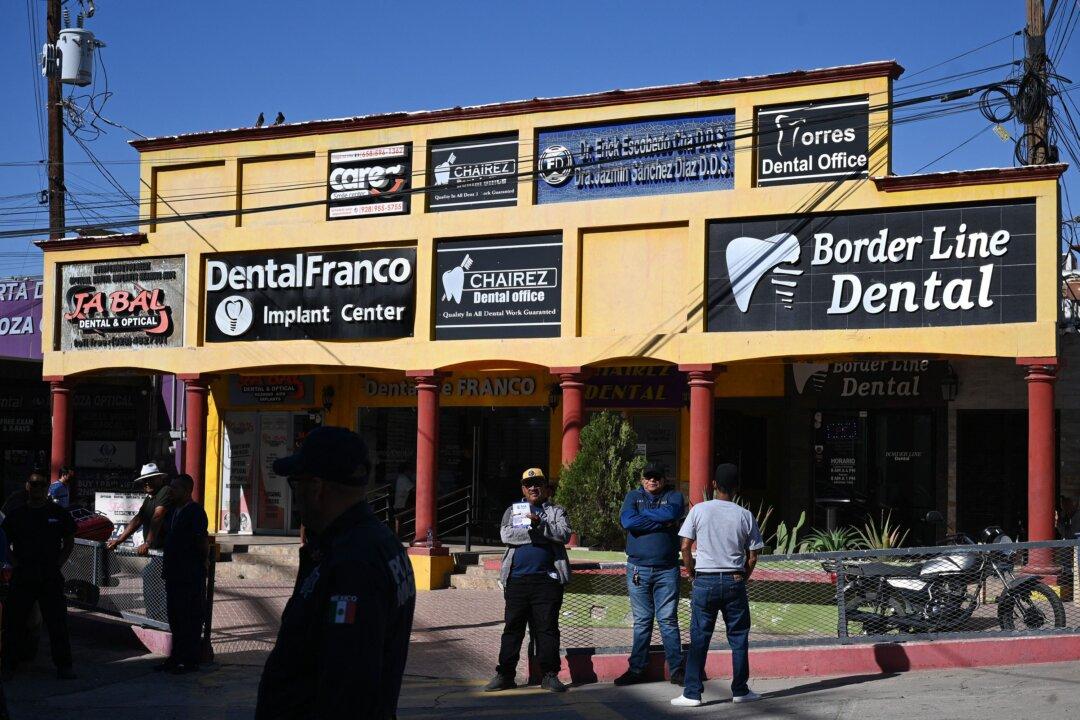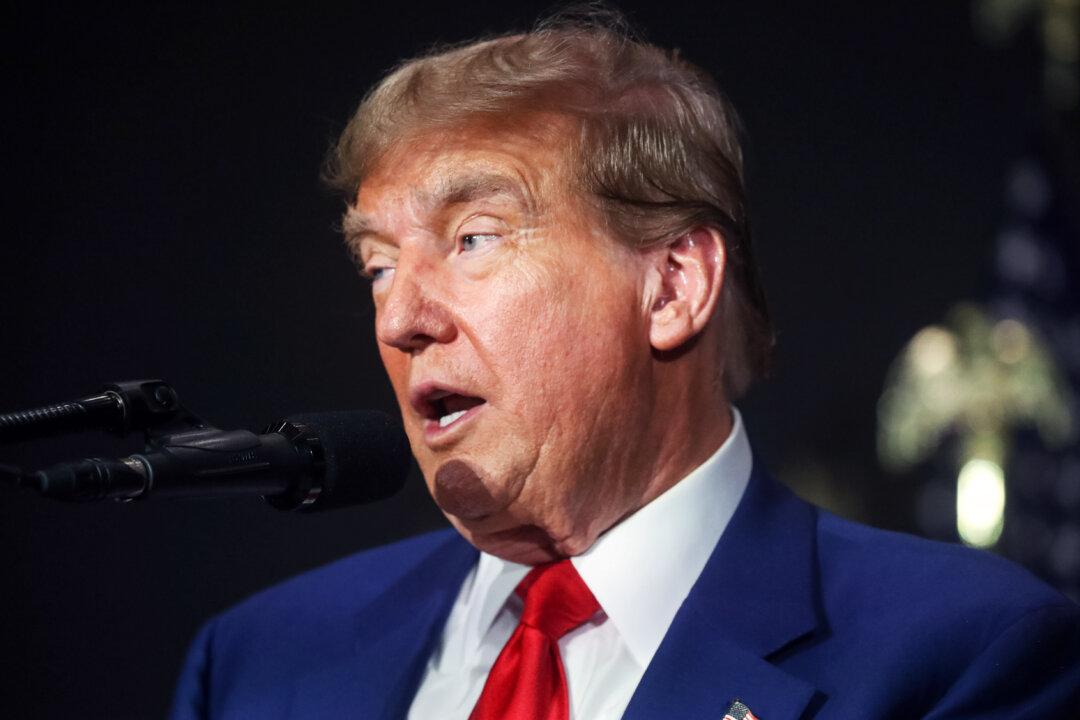A growing number of Americans continue to travel to Mexico for medical procedures or medication to take advantage of significant cost savings even though just traveling there to seek treatment presents many potential health and safety dangers.
For example, two of four Americans kidnapped in Matamoros in March were killed by suspected drug cartel members after traveling to the border city for cosmetic surgery.





